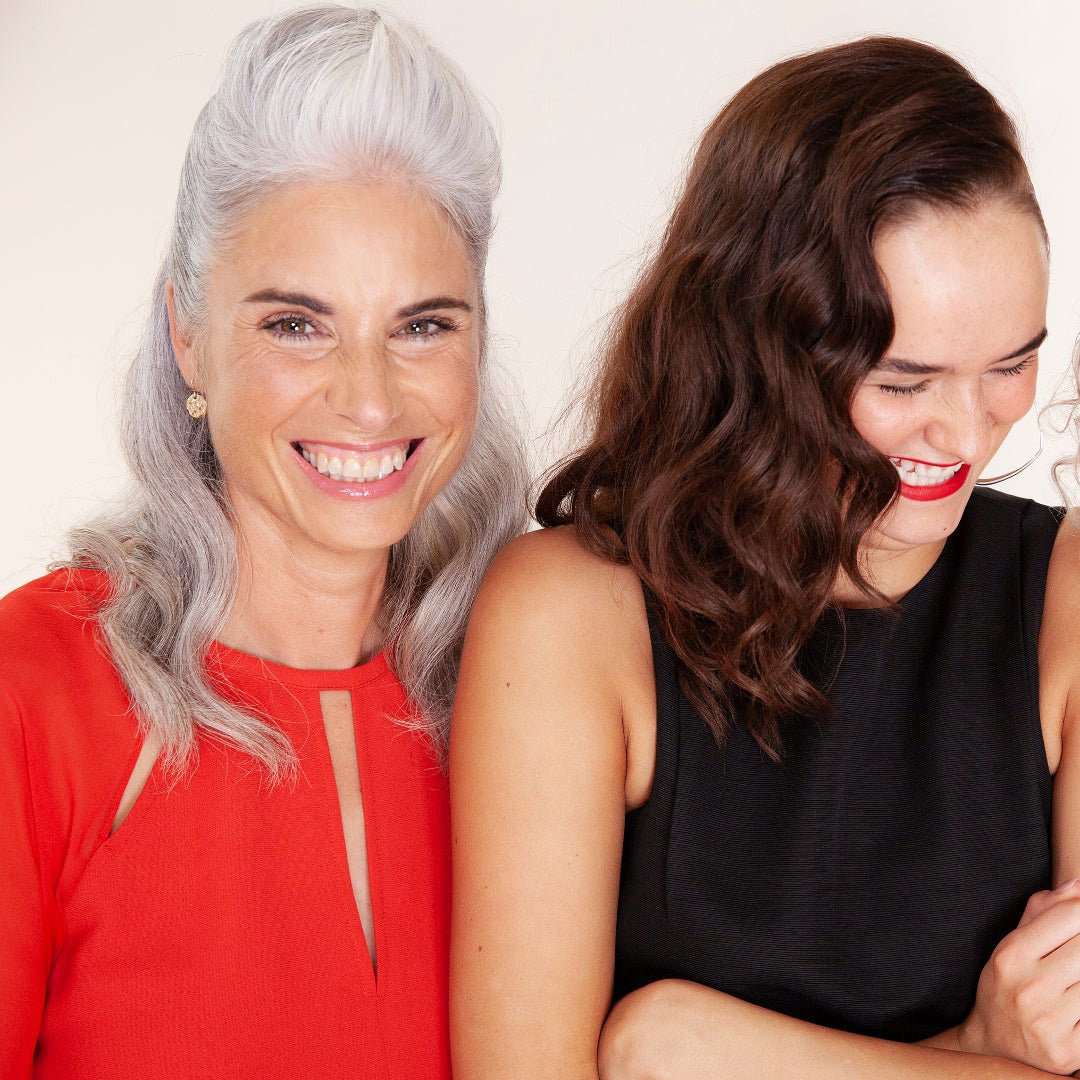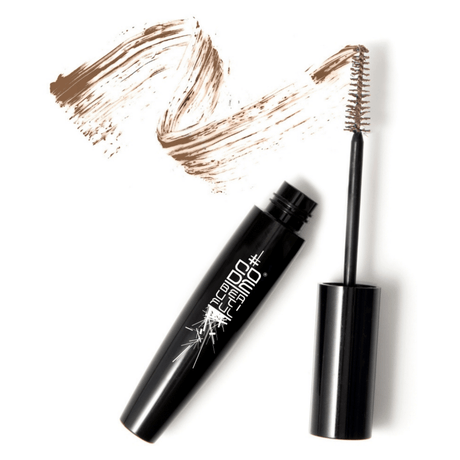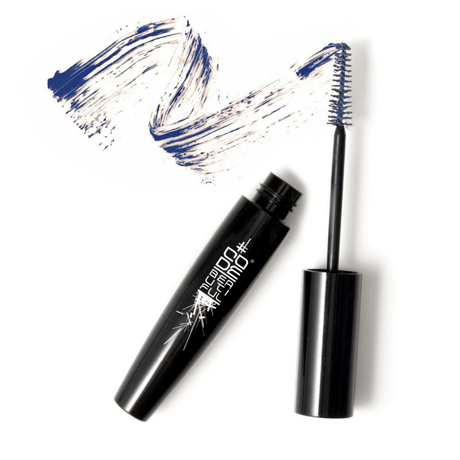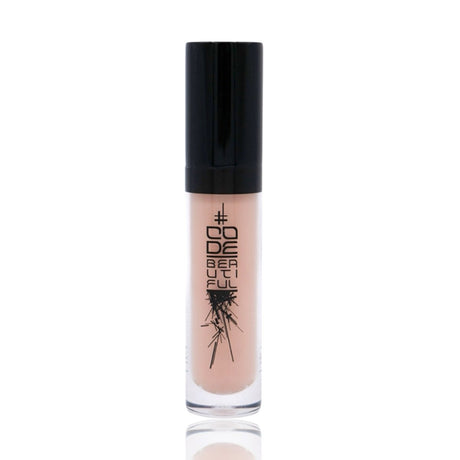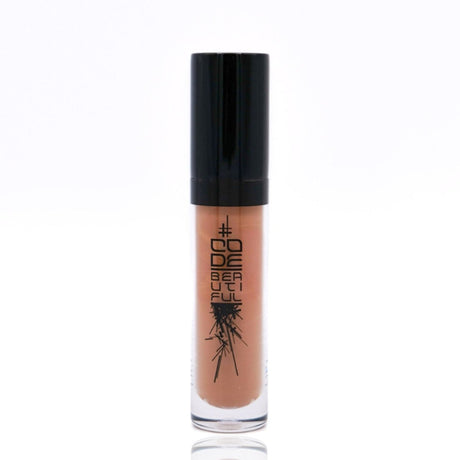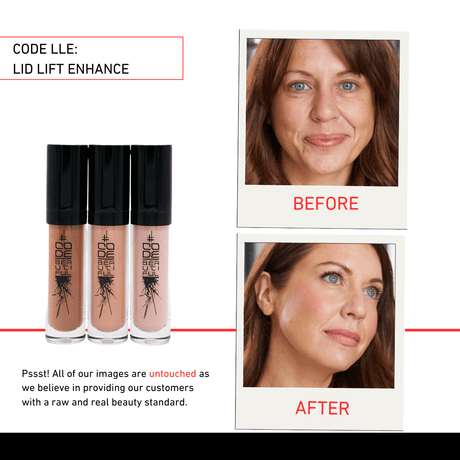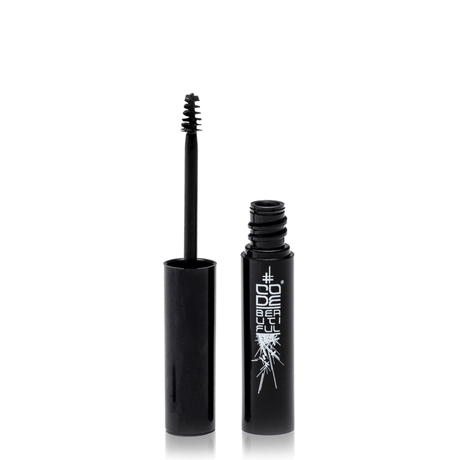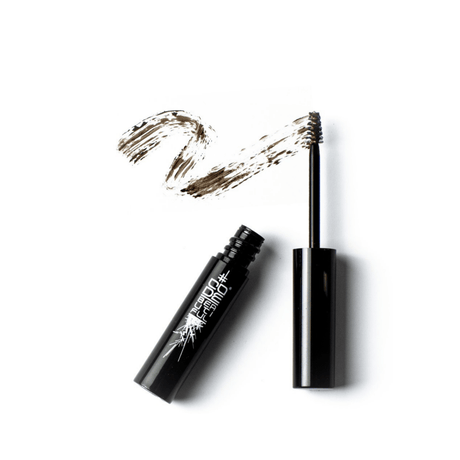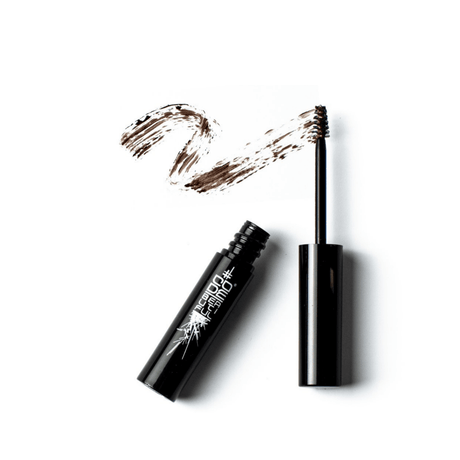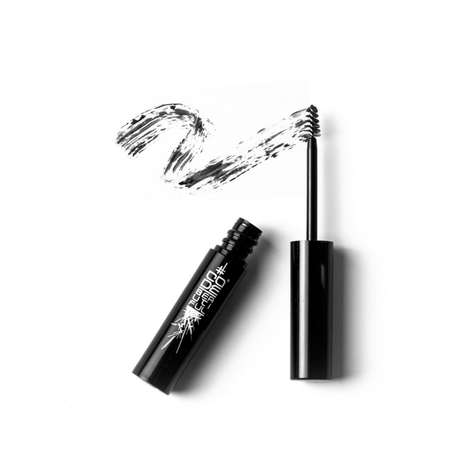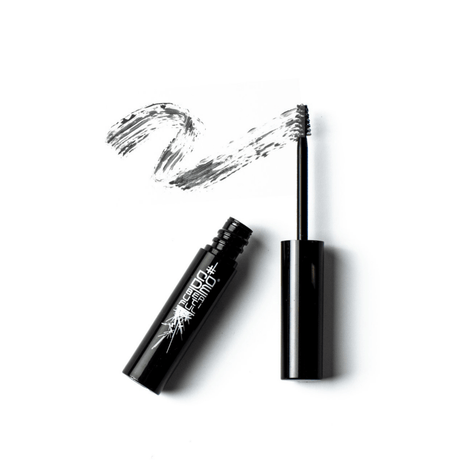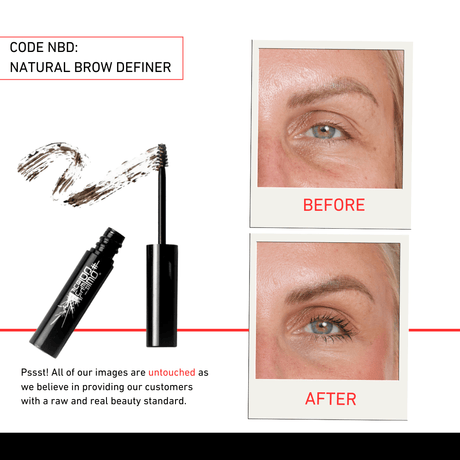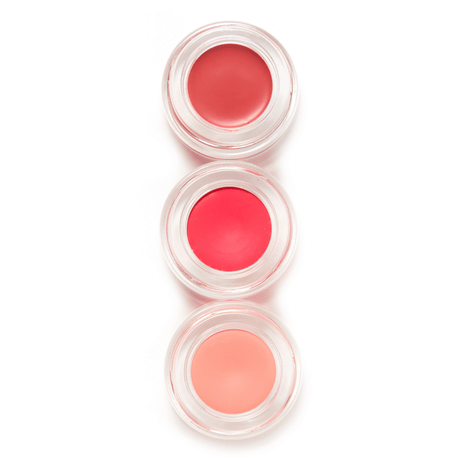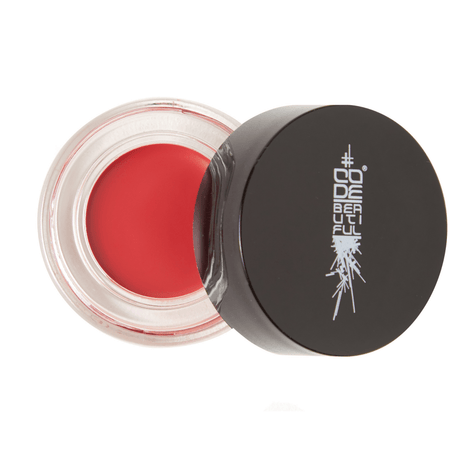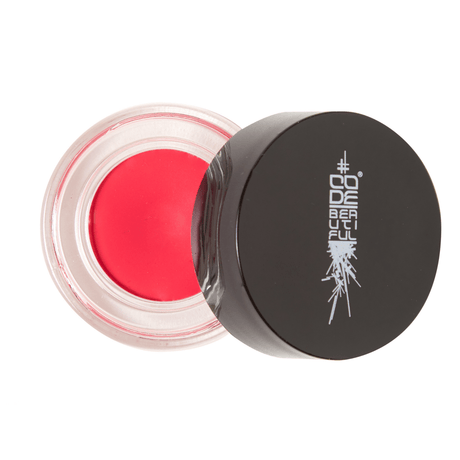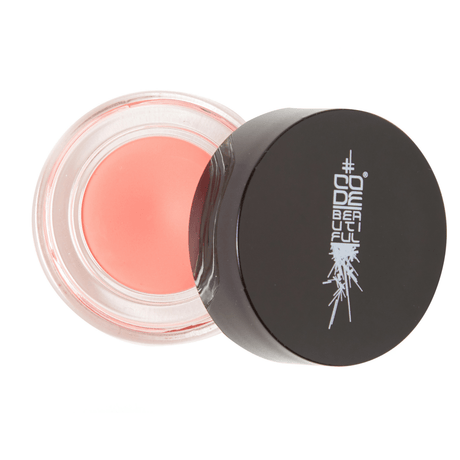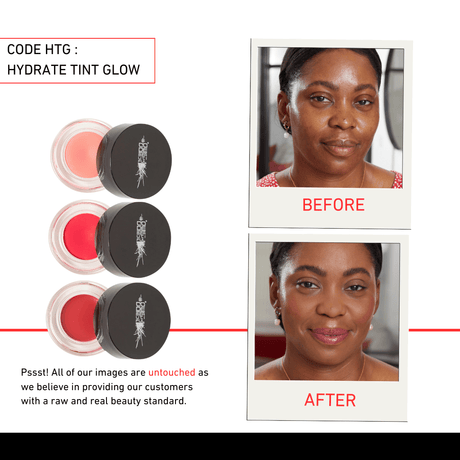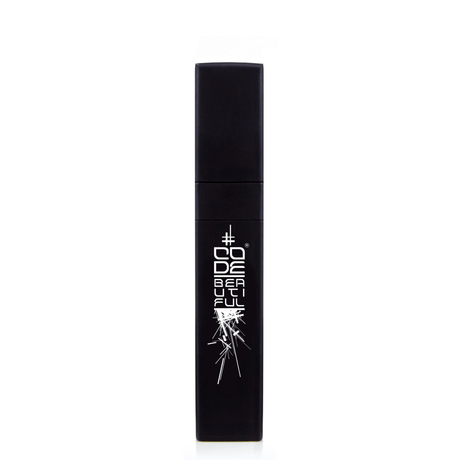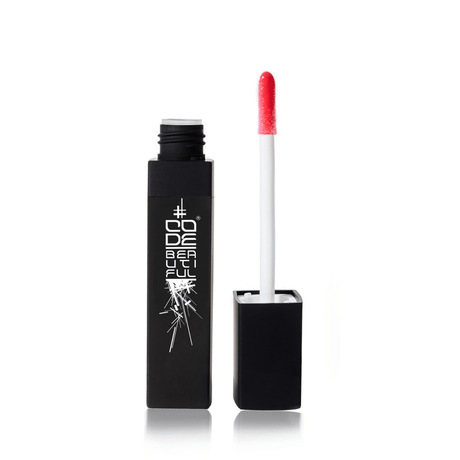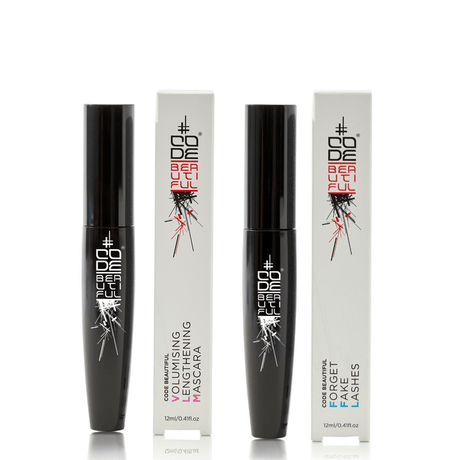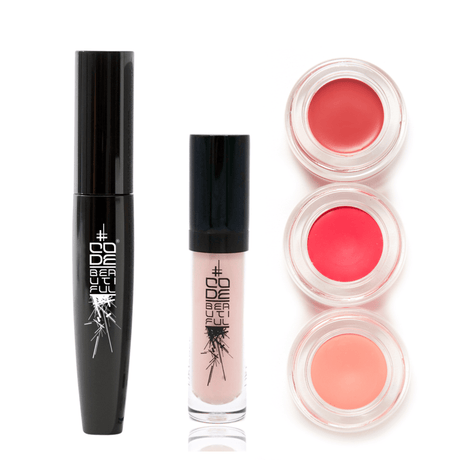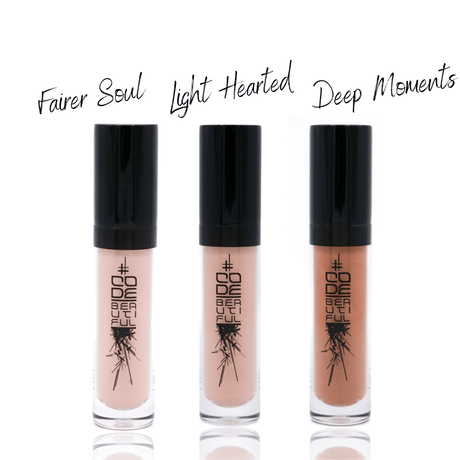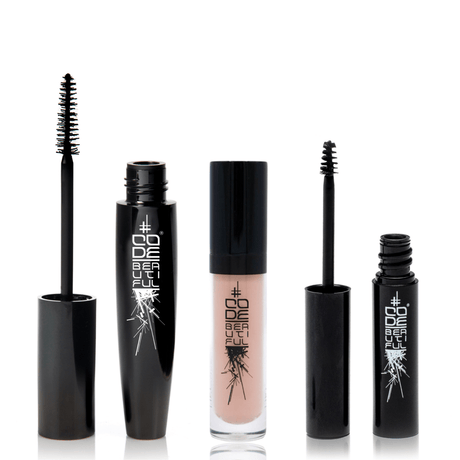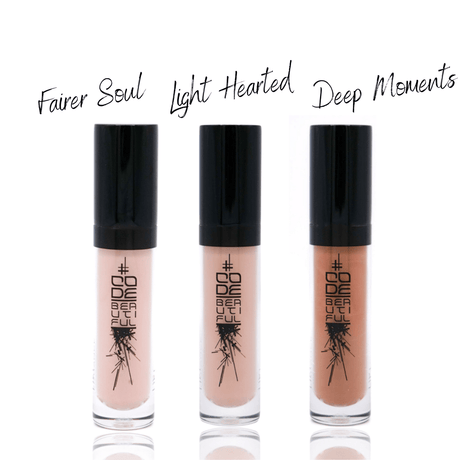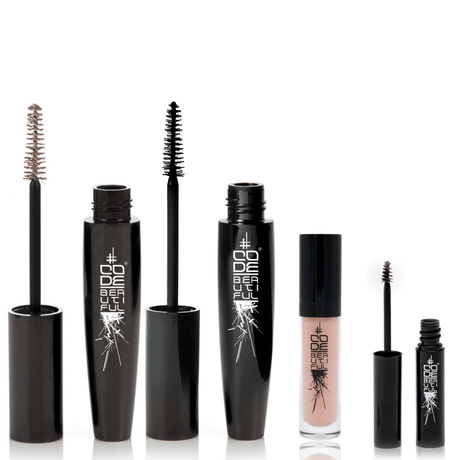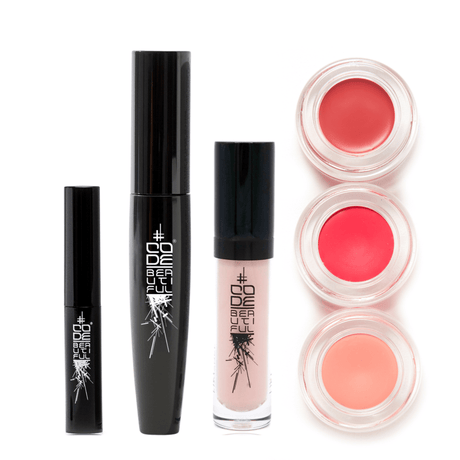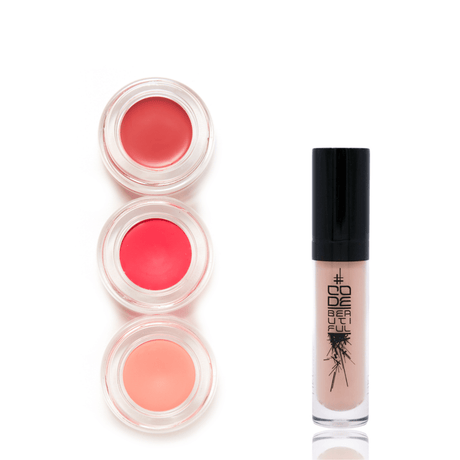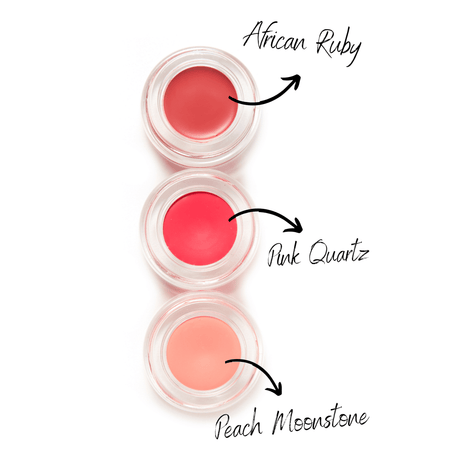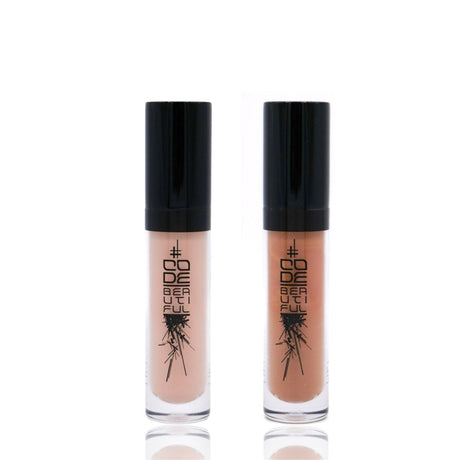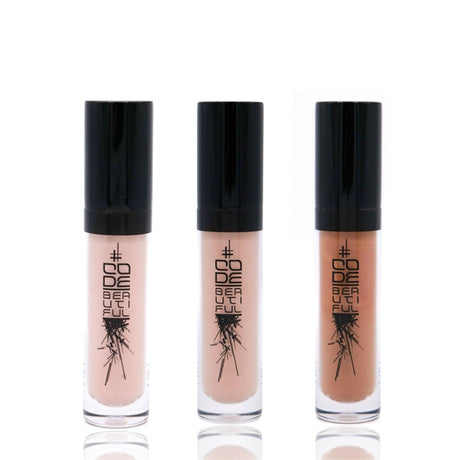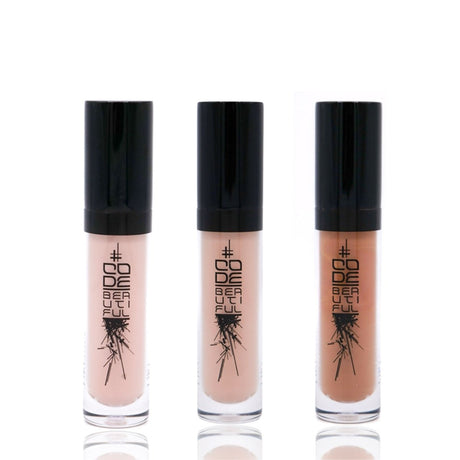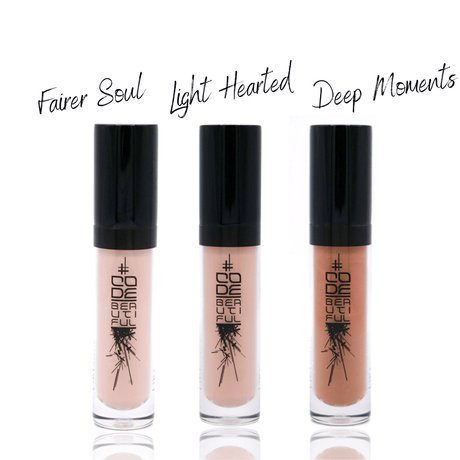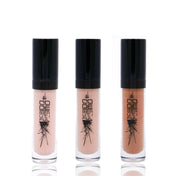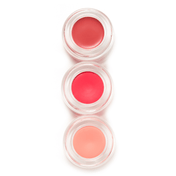People only wear makeup to cover up blemishes or make them look like someone else, it’s purely skin deep and can be pretty superficial, right? Wrong.
While there have been some wild and unrealistic portrayals of ‘perfect beauty’ in the media over time, there are actually so many positive mental health benefits of putting on makeup that you probably never even realised.
Research has shown that women experience huge emotional and psychological benefits when wearing makeup. This isn’t to say that they feel ‘ugly’ without it or feel forced to wear it, it’s actually the complete opposite.
Makeup can make you feel more positive and strong, it’s more than skin deep, it’s part of who we are as a person and our own wellbeing. We’ve been using makeup to define ourselves for over 30,000 years, so why is it now suddenly being shamed?
Feeling good about your looks can of course give you confidence but beauty routines can lead to so much more than that. Studies have shown the actual ritual of applying makeup can help soothe anxiety, but even makeup itself provides a creative and fun outlet for self-expression that can lift you up during rough times.
Whether you want to apply a full face of makeup or just a swipe of mascara that’ll make you feel like you can tackle the day ahead – that’s okay. Beauty for us, is all about feeling like the best version of you you possibly can.
Whether you use makeup to take back some control, to treat yourself or just to get out of your own head for a bit. It’s such a powerful tool that can help you express your identity and enhance what makes you unique.
Whether you’re a makeup artist or a makeup novice, our products are made for everyone. After all, the way you do, or even don’t do your makeup is one way to help you feel more like yourself in the morning.
The History of Makeup
In 6,000BC the Egyptians were one of the earliest societies to use makeup and would use natural substances such as ground nuts and minerals mixed with animal fat to create products they could apply to their face.
The next movement was the ‘less is more’ approach by the ancient Greeks and Romans, makeup was worn but it was frowned upon so tended to be applied in private. Similarly in the 15th century, there was a huge association with makeup and deception which I guess we could call the ultimate ‘less is more’
Things started to loosen up in the 16th century when Venice became the fashion capital of the world and heavy, bold makeup started to be celebrated rather than frowned upon.
We took a step back in the 19th century when Queen Victoria announced that makeup was vulgar and shouldn’t be worn in public. (eeek!) We weren’t able to shake this view very quickly as in the early 20th century wearing lipstick in particular was still seen as ‘morally questionable’.
In 1913, red lipstick took it’s place as the symbol of strength, power and liberty when members of the Women’s Suffrage Parade wore it during their marches to demand to vote.
By the 1920s we saw the rise of Hollywood glamour and makeup started coming to the masses and ever since we have seen the beauty industry booming thanks to the digital world.

